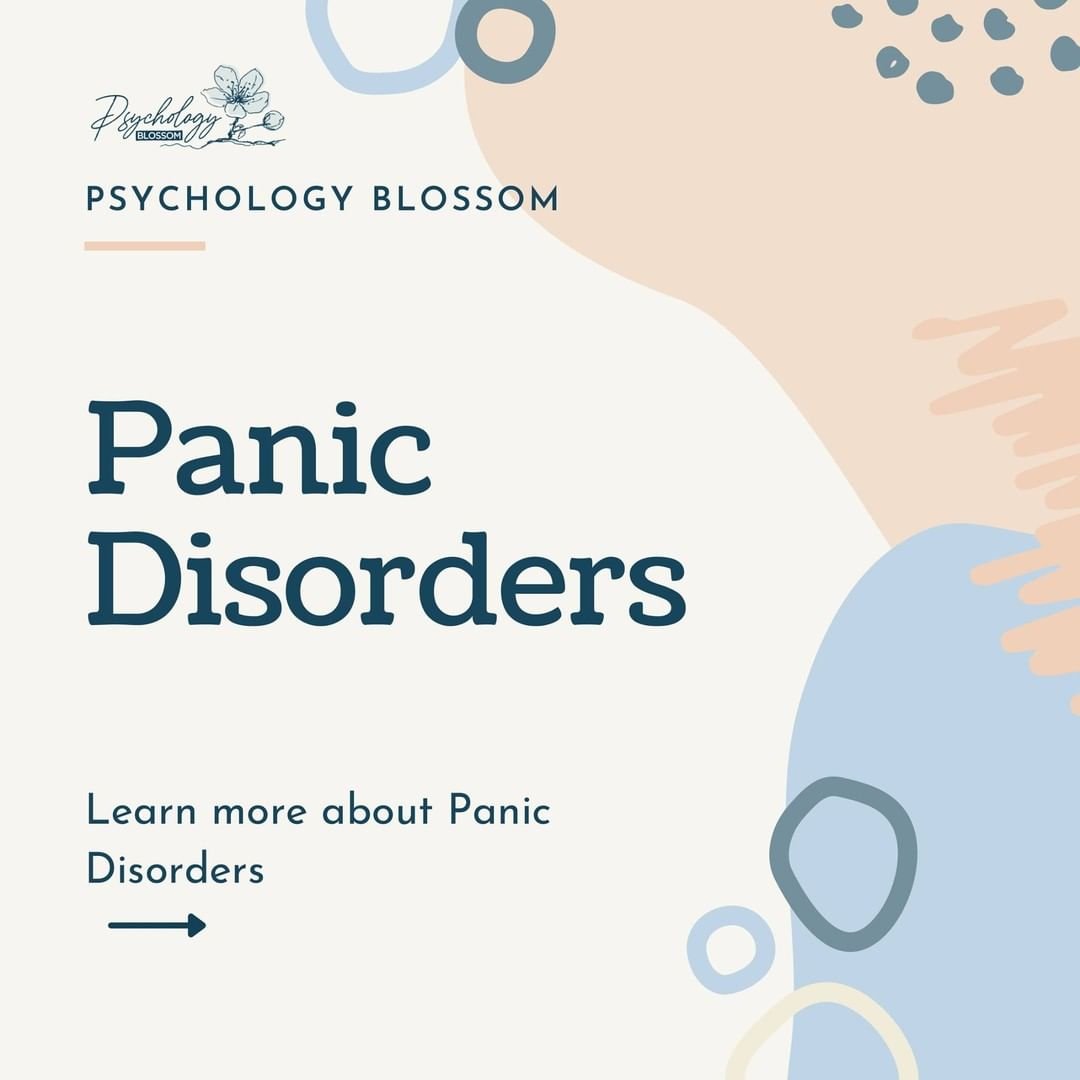Panic Disorder and Its Management
Individuals who experience panic disorder go through frequent unexpected panic attacks and fear about when the next attack will occur. This leads to them actively avoiding places, events, or behaviours that they believe are triggers to their panic attacks. The constant fear and avoidance leads to a distressed and dysfunctional lifestyle that may also impact their relationships with others. Over time, this avoidance can severely limit independence and participation in daily life, trapping the individual in a cycle of fear and restriction.
Biological and Physiological Symptoms of a Panic Attack
When a threatening situation is perceived, such as when one is walking on the streets at night or conducting a presentation, the “Fight or Flight” mode in the sympathetic nervous system is aroused. This arousal causes one to feel a sudden surge of intense fear or discomfort that comes quickly and peaks within minutes. The body reacts as if survival is at stake, preparing for immediate action.
Despite the discomfort it causes, this is an adaptive reaction for survival. Having intensified reactions during a threatening situation helps us to detect dangers and respond in an effective and efficient manner. However, when an individual becomes overly sensitive to danger and feels such reactions despite there being no apparent threat, this is when panic attacks can occur. Instead of functioning as a protective mechanism, the body’s alarm system misfires, leaving the person with overwhelming symptoms in safe environments.
Some physiological responses experienced during a panic attack include:
- Heart palpitations, a pounding heartbeat, or an accelerated heart rate
- Sweating
- Trembling or shaking
- Sensations of shortness of breath, smothering or choking
- Feelings of impending doom
- Feelings of being out of control
If an individual experiences such attacks frequently and consequently worries about experiencing another, they may be experiencing panic disorder. The persistent worry of another episode often heightens baseline anxiety, which makes further attacks more likely. This vicious cycle contributes to the chronic nature of panic disorder.
Types of Panic Disorder Therapy
Medication can be provided for panic disorder to help individuals deal with their symptoms, however, it is often recommended that this is supplemented with therapy as well. Medications may reduce acute intensity, but therapy offers long-term strategies for resilience and behavioural change.
Psychotherapy or “talk therapy” helps one learn about how their emotions affect their behaviours. A therapist listens and talks to you about your thoughts and feelings and suggests ways to understand and manage them and your anxiety disorder. This can be done in different ways depending on the types of therapy involved. Sessions can help uncover the roots of fear, identify distorted thinking patterns, and replace them with healthier coping strategies.
✽ Cognitive Behavioural Therapy (CBT)
Cognitive Behavioural Therapy (CBT) can help one explore different ways of thinking, behaving, and reacting to anxiety-producing and fearful objects and situations. CBT can be done individually or with a group of others facing similar difficulties. Clients are likely to be assigned things to try out on their own, to challenge their fears and avoidance tendencies. By systematically confronting avoided situations and challenging catastrophic thinking, CBT helps break the cycle of fear and avoidance that maintains panic disorder.
✽ Acceptance and Commitment Therapy (ACT)
Acceptance and Commitment Therapy (ACT) fosters an open, non-judgmental attitude toward the feelings and sensations that arise in the body in the present moment, recognizing them for what they are. The fundamental ideas in ACT for anxiety and panic involve the concept of psychological flexibility to teach anxiety acceptance, differentiating the self from anxiety and panic sensations, and responding in the individual’s chosen directions. Instead of struggling against panic, ACT emphasises living in alignment with one’s values, even when fear is present.
Both CBT and ACT are widely recognised as effective, evidence-based treatments for panic disorder. Many treatment plans integrate elements of both, offering patients strategies for immediate symptom reduction and long-term acceptance-based coping. Group therapy and support groups can also provide encouragement, reducing isolation and normalising the experience of panic attacks.
Medication such as SSRIs (Selective Serotonin Reuptake Inhibitors) or benzodiazepines may also be considered in severe cases, but these are usually part of a broader plan that emphasises therapy as the foundation of recovery. Education about panic disorder is equally vital, helping individuals and their families understand that while frightening, panic attacks are not life-threatening, and recovery is possible with consistent treatment.
We recommend This Video to those who wants to learn more about Panic Disorder.
About Us
We are a team comprising psychologists based in Singapore endeavouring our best to prioritise our clients’ needs. When you embark on this journey with us, we take a collaborative approach where you and your psychologist work closely together, and listen to what you have to say — No judgments, and in a safe space. Meet our Team
Quick Links
Contact Us
150 Cecil Street #07-02 S069543
Opening Hours
Monday to Friday: 8am to 6pm
Saturday: 8am to 2pm
Sunday: 10am to 2pm (Online only)
Admin Hours
Monday to Friday: 8am to 5.30pm
Saturday: 8am to 2pm
© Copyright 2023 – Psychology Blossom | Privacy Policy | Terms
